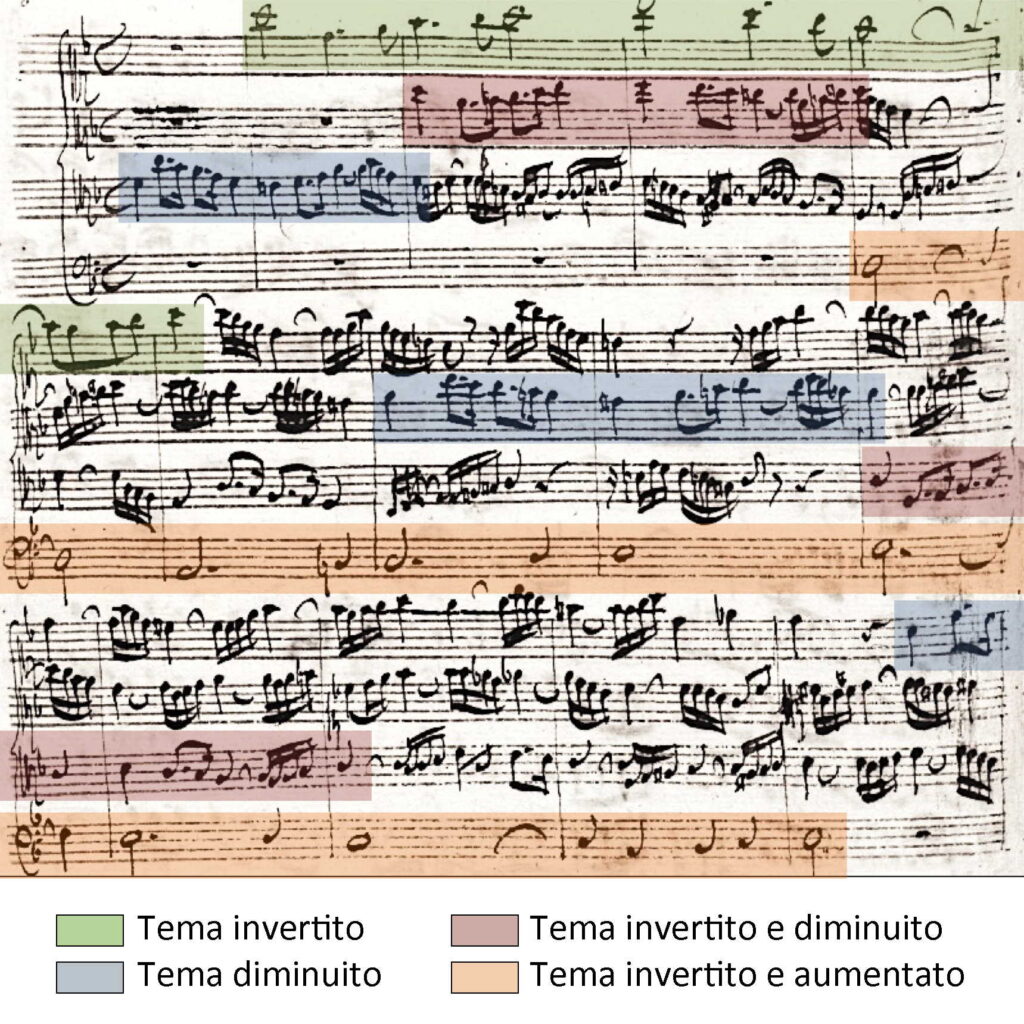A puzzling situation emerged for users experimenting with local Retrieval-Augmented Generation (RAG) setups: deploying the exact same BGE-m3-F16 embedding model (confirmed by matching SHA256 hashes) through LM Studio and Ollama led to significantly different RAG performance, even when all configurations and prompts were held constant. Intriguingly, a direct test comparing the embeddings showed cosine similarity of 1.0—meaning the vectors pointed in precisely the same direction—but the actual vector lengths differed between engines. Since cosine similarity ignores magnitude, this finding suggests that normalization or scaling differences in the embedding engines could be at play, impacting downstream retrieval quality. Users are left questioning whether subtle software-level implementation details, such as implicit normalization or post-processing, can critically influence end-to-end RAG quality—even with fully identical model files. This highlights the importance of not just model provenance but also rigorous evaluation of the entire local inference stack when troubleshooting RAG deployments or comparing local LLM toolchains (more: url).
Scaling large language models for high-throughput, low-latency inference remains a formidable challenge. The newly announced llm-d project aims to address this by offering a Kubernetes-native, distributed inference framework tailored to the unique demands of LLM serving workloads. Unlike traditional stateless web services, LLM inference requests are highly variable in both input and output token lengths, leading to resource imbalances and inefficient scaling if naively distributed. llm-d tackles these issues with optimizations like KV-cache aware routing and disaggregated serving, ensuring that requests are efficiently partitioned and routed to the most suitable hardware resources. By integrating tightly with Kubernetes operational tooling, llm-d promises fast time-to-value and competitive performance per dollar across diverse hardware accelerators, from consumer GPUs to enterprise-grade accelerators. This modular, high-performance solution could accelerate the operationalization of generative AI at scale, especially for organizations seeking open, flexible alternatives to proprietary cloud APIs (more: url).
Quantum Key Distribution (QKD) has long been touted as the future of cryptographic security, but real-world deployments have been slow to materialize. A new field demonstration raises the bar: researchers established 100 Gbps quantum-safe IPsec VPN tunnels between two JPMorgan Chase data centers over 46 km of deployed fiber in Singapore, operating continuously for 45 days. The setup leveraged ETSI-QKD-014 APIs to deliver fresh AES-256 keys every 120 seconds, with an average Secret Key Rate of 7.4 kbps and Quantum Bit Error Rate of 0.8%. Two tunnel configurations were tested, including an aggregated throughput of nearly 100 Gbps across multiple QKD-secured VPNs. This demonstration marks a significant milestone: quantum-safe VPNs are not only theoretically possible but can now support the high-throughput, low-latency demands of critical infrastructure. The use of standardized APIs and seamless key refreshes without impacting performance are particularly encouraging for future, large-scale quantum-safe deployments (more: url).
Open source security frameworks are gaining traction as AI systems become more deeply embedded in workflows. The LlamaFirewall project exemplifies this trend, providing a framework to detect and mitigate AI-centric security risks. While the specific technical details are sparse in the summary, the focus on open source, transparency, and the AI threat landscape signals an emerging consensus: as LLMs are integrated into sensitive applications, robust, community-audited security controls are no longer optional (more: url).
A parallel, practical concern emerged around improper access control in knowledge management UIs. Users found that private prompts and knowledge entries could be accessed by anyone who guessed the right command, despite UI-level restrictions. The root cause: the “workspace” tab manages editing rights, not browsing, and permissions are not enforced at the command interface. This confusion underscores the importance of defense-in-depth for access control—UI restrictions alone cannot substitute for true backend authorization, especially in collaborative or multi-user LLM environments (more: url).
Interoperability between AI agents and APIs is getting a boost from the new openapi-mcp project, which exposes any OpenAPI 3.x API as a robust, agent-friendly MCP (Model Context Protocol) tool server. MCP enables LLMs and AI agents to interact with external tools in a standardized, structured way. openapi-mcp parses OpenAPI specs, auto-generates MCP tools for each operation, and serves them over stdio or HTTP, ensuring consistent output structures with detailed type information. Key features include comprehensive validation and linting, authentication support, documentation generation, and safety mechanisms like confirmation for dangerous operations. By lowering the barrier to converting REST APIs into MCP-compatible tools, openapi-mcp could accelerate the development of agent-based workflows, tool-augmented LLMs, and AI code editors, all while maintaining clarity and safety in agent-API interactions (more: url).
The ecosystem for local, privacy-preserving LLM applications continues to expand. AIJobMate, an open-source tool, demonstrates the power of chaining multiple local LLMs and agents for practical tasks such as generating CVs and cover letters. Built with Python, Gradio, and Ollama, it uses CrewAI to orchestrate three autonomous agents—each optionally powered by a different model—for writing, reviewing, and formatting. Modular design and open-source code invite further experimentation, especially for anyone interested in agent chaining or complex prompt logic (more: url).
Meanwhile, integrating safety and compliance guardrails with local LLMs remains a challenge. One user struggled to connect Guardrails AI with a local Ollama/Mistral model, running into 404 errors when attempting to proxy chat completions through the expected endpoint. The takeaway is clear: while local LLM stacks offer control and privacy, robust documentation, and community support are essential for seamless integration of security layers and proxies (more: url).
A clever new feature from Agno highlights the trade-offs in LLM output modes: structured output requirements can degrade reasoning quality if forced on a single model. Agno’s dual model output decouples reasoning from parsing, using one model for creative generation and a specialized parser_model for structured formatting. This modular approach yields better results and greater flexibility, especially for use cases like agent chaining and open-ended-to-structured conversions (more: url).
On the hardware front, universities and research teams face tough decisions when building shared LLM infrastructure. A recent discussion compared two options under a €100k budget: four NVIDIA H200 GPUs (141Gb each) versus eight NVIDIA RTX 6000 Pro Blackwell GPUs (96Gb each). The H200s, designed for data center workloads, offer higher memory per card—critical for training large models or running massive inference batches. The RTX 6000 Pros, with more cards at slightly lower memory, may provide better parallelism but could run into memory bottlenecks for state-of-the-art (SOTA) open-source models. The choice hinges on anticipated workloads: training requires memory and bandwidth, while serving multiple concurrent inferences may benefit from more, slightly smaller cards. With further budget increases expected, the “future-proofing” calculus remains in flux (more: url).
For code generation, users continue to hunt for LLMs with strong C/C++ and shader code capabilities. The unsloth/Qwen2.5-Coder-32B-Instruct-128K-GGUF model is praised for small tasks, but struggles with larger, multi-file projects, occasionally hallucinating API details. The search for models that reliably handle low-level or systems programming remains ongoing, especially among those with high-end GPUs like the RTX A6000 Pro and RTX 4090 (more: url).
The multimodal frontier is advancing rapidly. The MiMo-VL-7B series introduces a compact visual language model (VLM) that combines a native-resolution vision transformer encoder, efficient cross-modal alignment, and a language model optimized for complex reasoning. Its training pipeline includes staged pre-training and a novel mixed on-policy reinforcement learning (MORL) phase, integrating diverse reward signals for perception, grounding, and logical reasoning. High-quality synthetic reasoning data is directly included in pre-training, rather than as a mere afterthought in fine-tuning—an approach that yields continued performance gains. The open-sourcing of both SFT and RL checkpoints is likely to accelerate community-driven progress in advanced multimodal reasoning (more: url).
SpatialLM, meanwhile, targets 3D scene understanding from point cloud data—whether sourced from monocular video, RGBD images, or LiDAR. Its architecture processes unstructured geometric data and outputs structured representations, identifying architectural elements and oriented object bounding boxes. This capability is crucial for embodied robotics and autonomous navigation, moving the field beyond “flat” vision-language alignment toward true spatial reasoning. The release of example datasets and code enables wider experimentation in this emerging domain (more: url).
On the audio side, OpenAudio S1 is a multilingual text-to-speech (TTS) model trained on over 2 million hours of data, supporting a wide range of languages, emotions, and tonal markers. The S1-mini variant offers a distilled, efficient model with strong performance on standard benchmarks, made possible by online reinforcement learning from human feedback (RLHF). The breadth of supported expressive markers—from “angry” to “amused” to “whispering”—positions OpenAudio S1 as a highly flexible tool for natural, emotive speech synthesis (more: url).
The threat landscape remains dynamic, as demonstrated by a recent investigation into backdoored malware repositories on GitHub. Sophos researchers traced over 100 repositories to a single user, “ischhfd83,” linked via a Russian email address. These repos primarily targeted novice cybercriminals and game cheaters, offering malware and cheat tools laced with hidden backdoors—typically via Visual Basic PreBuild events that downloaded additional payloads. Many of these projects simply repackaged code from well-known malware (like AsyncRAT), often with non-functional or empty forms, designed to prey on less sophisticated attackers. The campaign, active since at least 2022, underscores a recurring irony: those seeking to distribute malware are themselves frequently targeted by more seasoned adversaries. This supply chain attack vector highlights the importance of vetting code sources—even, or especially, in the gray and black markets (more: url).
Search infrastructure is evolving to meet the needs of modern, AI-augmented applications. Meilisearch, a lightning-fast, open-source search engine, now boasts features like hybrid semantic and full-text search, typo tolerance, faceted filtering, synonym support, and geosearch. Its RESTful API and multi-tenancy support make it easy to integrate into diverse workflows, from e-commerce to SaaS. Notably, Meilisearch is “AI-ready,” designed to work with embedding-based semantic search as well as traditional keyword indexing. This hybrid approach delivers more relevant results and lays groundwork for future agent-based search and retrieval systems (more: url).
Securing continuous integration (CI) pipelines at scale is a perennial challenge, particularly in multi-tenant environments. ForgeMT, a new platform for running secure, ephemeral GitHub Actions runners on Kubernetes or AWS EC2, addresses this by isolating tenants using IAM, OIDC, and VPC segmentation. It automates runner lifecycle, integrates with GitHub Apps, centralizes observability, and minimizes costs with spot instances and auto-scaling. Designed for platform teams managing CI/CD at scale, ForgeMT’s infrastructure-as-code approach—with support for OpenTofu, Terraform, and Helm—brings enterprise-grade security and operational efficiency to open-source CI workflows (more: url).
In time series anomaly detection, autoencoders—neural networks trained to reconstruct “normal” data—are widely used to flag outliers via high reconstruction loss. However, a recent discussion argues that for many practical cases, simple statistical methods are sufficient: calculating feature distributions (min, max, mean, standard deviation) over a moving window often catches the same anomalies that humans can spot by eye. Autoencoders only become essential when anomalies are complex patterns not easily captured by basic statistics. As with most AI applications, the simplest effective solution should be the default, with deep learning reserved for genuinely hard problems (more: url).


